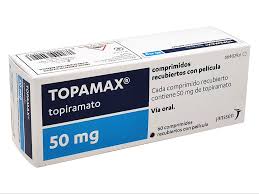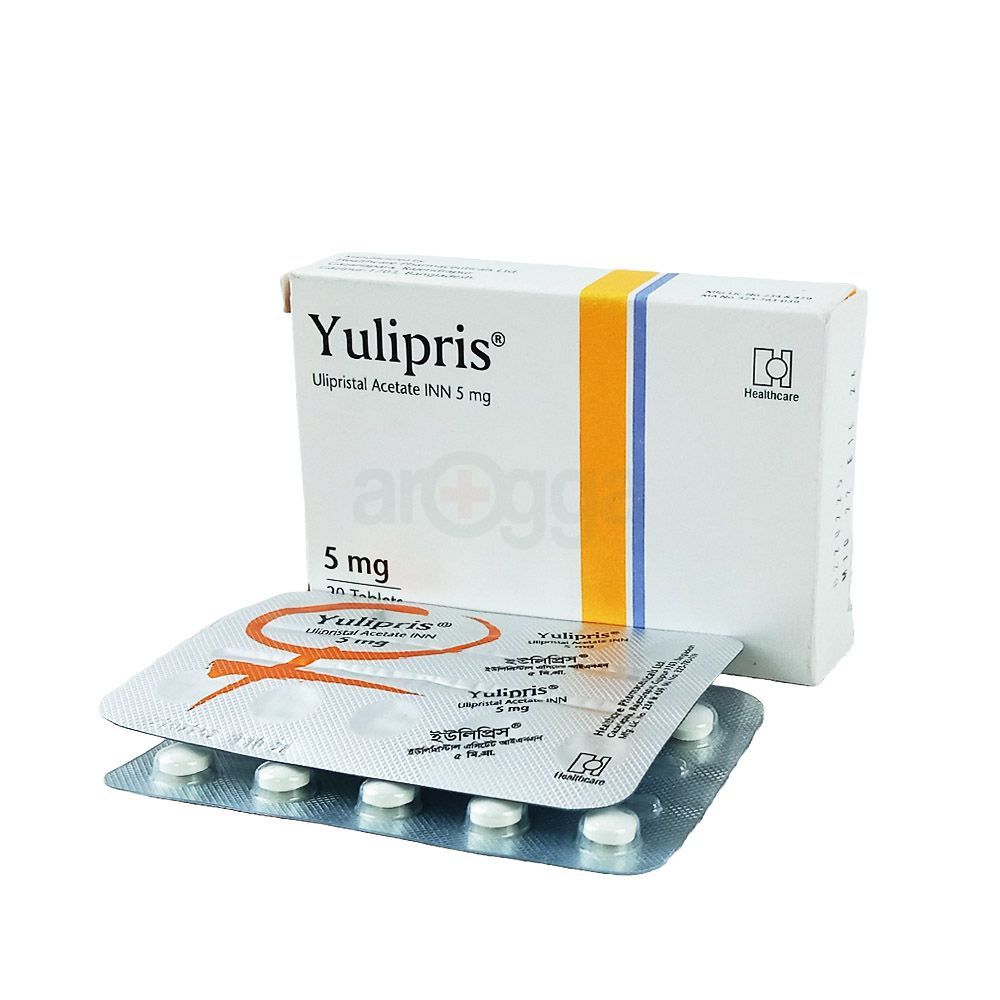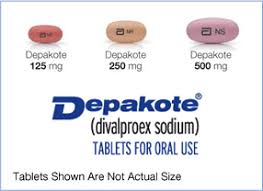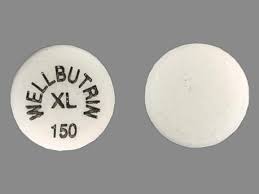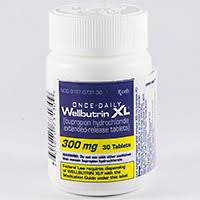Oseltamivir

Oseltamivir is a distinguished antiviral agent primarily employed in the treatment and prevention of influenza caused by the A and B strains of the virus. Its efficacy lies in its ability to inhibit viral replication, thereby alleviating the intensity and duration of influenza symptoms.
Essential Information
Generic Name: Oseltamivir
Brand Names: Tamiflu, Fluvir, Antiflu
Drug Class: Neuraminidase Inhibitor (Antiviral)
Mechanism of Action:
Oseltamivir effectively obstructs the function of the neuraminidase enzyme, a critical component for the influenza virus’s transmission from infected to healthy cells. This action curtails the virus’s replication capacity and mitigates the infection’s severity.
Indications and Uses
Influenza Treatment:
Administered within 48 hours of symptom onset, it significantly shortens the duration of flu symptoms.
Influenza Prevention:
Serves as a prophylactic measure for individuals exposed to flu-infected persons, particularly during outbreaks or pandemics.
Off-Label Applications:
May be utilized in severe cases or for treating influenza in immunocompromised individuals.
Dosage and Administration
Treatment:
Adults and Adolescents (≥13 years):
75 mg administered twice daily for a duration of 5 days.
Children (1–12 years):
Dosage is weight-dependent (e.g., 30 mg, 45 mg, or 60 mg twice daily for 5 days).
Infants (2 weeks–1 year):
3 mg/kg given twice daily for 5 days.
Prophylaxis:
Adults and Adolescents:
75 mg once daily for 7–10 days (or extended up to 6 weeks during outbreaks).
Children:
Weight-based dosage, administered once daily.
Formulations
Capsules: Available in 30 mg, 45 mg, and 75 mg.
Oral Suspension: 6 mg/mL (ideal for children or individuals unable to swallow capsules).
Pharmacokinetics
Absorption:
Rapidly absorbed post-oral administration; metabolized in the liver to its active form (oseltamivir carboxylate).
Distribution:
Extensively distributed throughout the body, including the respiratory system.
Metabolism:
Converted to its active form by hepatic esterases.
Excretion:
Primarily eliminated unchanged via urine (approximately 80%).
Half-Life:
Ranging from 6 to 10 hours for the active metabolite.
Therapeutic Advantages
Reduction in Symptom Duration:
Initiating treatment within 48 hours can diminish flu symptoms by 1 to 2 days.
Decreased Risk of Complications:
Significantly lowers the likelihood of severe consequences, including pneumonia or the need for hospitalization.
Prevention of Flu Transmission:
Proven effective in curbing the spread of influenza in environments with close contact, such as households and nursing facilities.
Adverse Effects
Common Adverse Reactions:
Nausea and vomiting are the most prevalent.
Headaches.
Diarrhea.
Uncommon Adverse Reactions:
Abdominal discomfort.
Insomnia or fatigue.
Serious Adverse Reactions:
Neuropsychiatric manifestations, including confusion, hallucinations, and rare instances of self-harm, particularly in younger populations.
Severe allergic responses, such as rashes, hives, or swelling.
Contraindications
Allergy to oseltamivir or any of its constituents.
Exercise caution in individuals with significant renal impairment or those undergoing dialysis, as dosage modifications are necessary.
Drug Interactions
Probenecid:
May elevate oseltamivir concentrations by diminishing renal clearance.
Live Influenza Vaccine (Nasal Spray):
Avoid administration within 2 weeks prior to or 48 hours following oseltamivir treatment, as it may compromise vaccine efficacy.
Special Considerations
Pregnancy:
Regarded as safe; advised during flu outbreaks due to the considerable risks untreated influenza poses to expectant mothers.
Breastfeeding:
Minimal transfer into breast milk; generally deemed safe.
Elderly:
No specific dosage adjustments are necessary, though monitoring for adverse effects is recommended.
Renal Impairment:
Dosage adjustments are required for severe renal impairment, typically reducing frequency to once daily.
Overdose
Symptoms:
Nausea, vomiting, dizziness, and neuropsychiatric symptoms.
Management:
Supportive care is essential; activated charcoal may be administered if ingestion occurred recently.
Resistance
Mechanisms of Resistance:
Certain strains of the influenza virus, particularly H1N1 and H3N2, have shown resistance due to mutations in the neuraminidase enzyme.
Clinical Considerations:
While resistance is uncommon, it may influence treatment effectiveness; alternative antiviral options, such as zanamivir, may be considered in resistant cases.
Effectiveness
Optimal results are achieved when administered within 48 hours of the initial symptoms.
Efficacy diminishes in individuals who receive delayed treatment or those experiencing significant immunosuppression.
Global Use
Extensive Adoption:
Governments have stockpiled this medication as a precautionary measure for potential pandemics, such as the 2009 H1N1 outbreak.
Availability:
Generally available by prescription in most regions, with numerous generic alternatives accessible.

Patient Counseling Points
Timeliness is Crucial:
Initiate treatment promptly after the onset of symptoms to maximize therapeutic benefits.
Consume with Meals:
This practice mitigates the risk of nausea and vomiting.
Complete the Regimen:
It is imperative to finish the entire course of treatment, even if symptoms improve, to ensure efficacy and minimize the risk of resistance.
Notify Your Physician of Concurrent Medications:
This is essential to prevent any possible interactions.
Oseltamivir stands as a pivotal antiviral agent in the management and prevention of influenza, particularly among high-risk groups. It plays a crucial role in pandemic preparedness and serves as an indispensable resource for mitigating flu-related complications.










